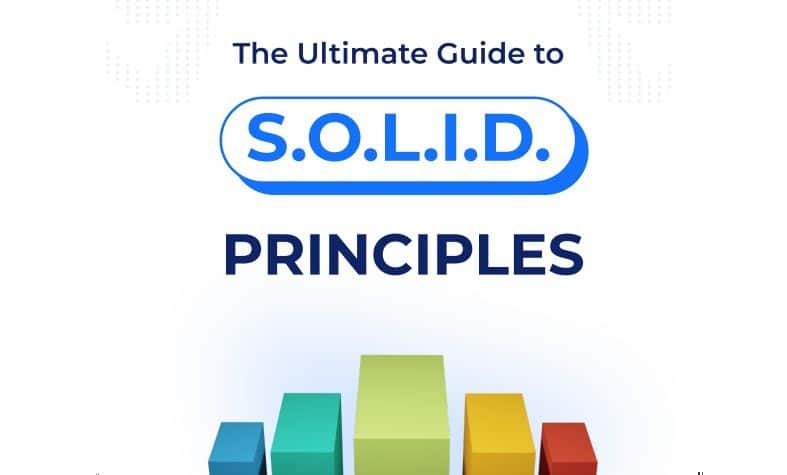Software engineers can become better by writing good codes and the basis for this is 𝗦𝗢𝗟𝗜𝗗 𝗣𝗿𝗶𝗻𝗰𝗶𝗽𝗹𝗲𝘀. This can unlock many better career opportunities for you as well, so understand and master SOLID Principles with this article.


Software engineers can become better by writing good codes and the basis for this is 𝗦𝗢𝗟𝗜𝗗 𝗣𝗿𝗶𝗻𝗰𝗶𝗽𝗹𝗲𝘀. This can unlock many better career opportunities for you as well, so understand and master SOLID Principles with this article.